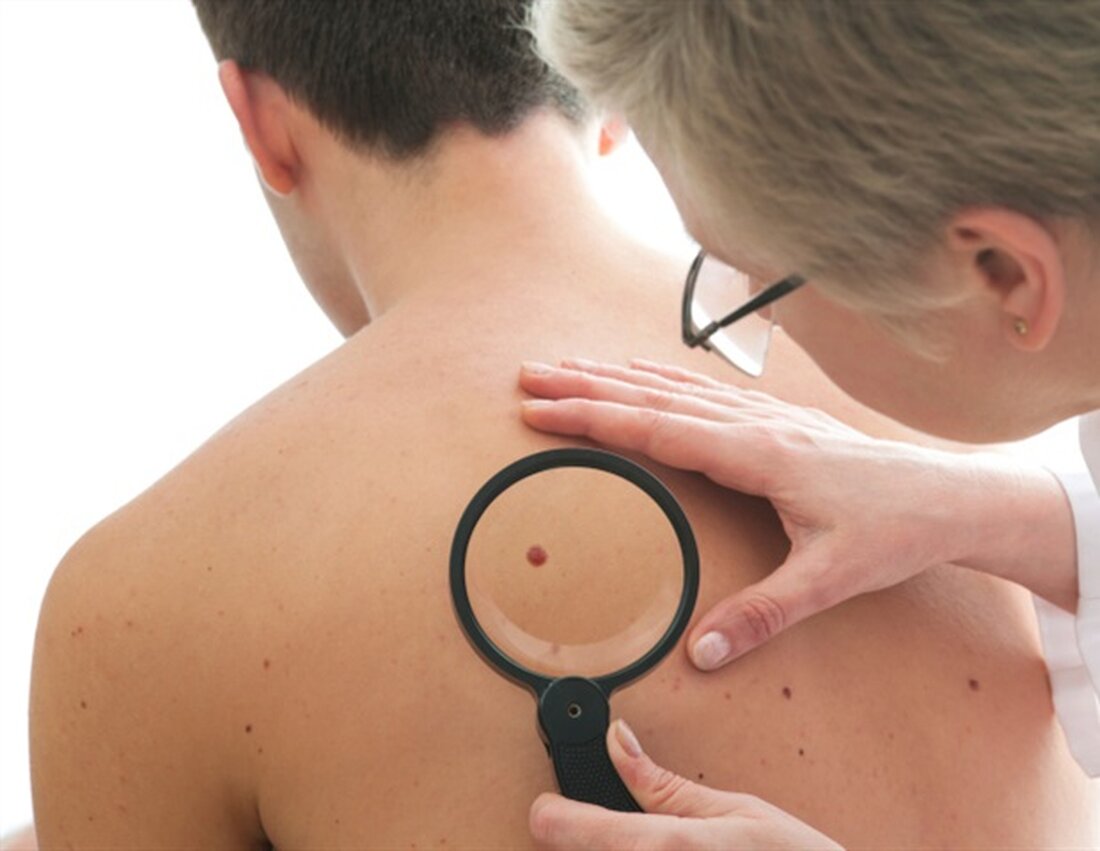The study identifies a subgroup of melanoma patients with a very low risk of death
Although melanoma is the most serious type of skin cancer, most patients have a good chance of surviving the disease. There is evidence that more cases of melanoma are being overdiagnosed in patients who would never experience symptoms. Using cancer registry data, researchers have identified a subset of patients with early-stage melanoma with almost no melanoma-related deaths, potentially representing cases that contribute to overdiagnosis. The research, published online by Wiley in CANCER, a peer-reviewed journal of the American Cancer Society, may help doctors determine which patients are at very low risk of death from melanoma after the tumor is removed. …

The study identifies a subgroup of melanoma patients with a very low risk of death
Although melanoma is the most serious type of skin cancer, most patients have a good chance of surviving the disease. There is evidence that more cases of melanoma are being overdiagnosed in patients who would never experience symptoms. Using cancer registry data, researchers have identified a subset of patients with early-stage melanoma with almost no melanoma-related deaths, potentially representing cases that contribute to overdiagnosis. The research, published online by Wiley in CANCER, a peer-reviewed journal of the American Cancer Society, may help doctors determine which patients are at very low risk of death from melanoma after the tumor is removed.
For the study, Megan M. Eguchi, MPH, of the University of California, Los Angeles; Kathleen F. Kerr, PhD, of the University of Washington; David E. Elder, MB, ChB, FRCPA, of the University of Pennsylvania; and colleagues analyzed information from the US Surveillance, Epidemiology, and End Results (SEER) database from patients diagnosed in 2010 and 2011 with stage 1 melanoma that was 1.0 mm or less thick and had not spread to the lymph nodes. Models have been developed to identify patients at very low risk of dying from melanoma within 7 years as well as those at higher risk of death.
eBook Cancer Research
Compilation of the top interviews, articles and news from the last year. Download a free copy
Among the 11,594 patients in the analysis with follow-up data, the 7-year all-cause mortality rate from melanoma was 2.5%. However, the models identified a subgroup of 25% of patients from the large cohort with a risk of less than 1%. These patients tended to be younger, and their cancers had minimal invasion into the skin. A very small subset of patients (less than 1%) who were older and had slightly more advanced tumors (although considered low risk according to current criteria) had a risk of death greater than 20%, and these patients may be considered potentially life-saving. more complex therapy.
The results show that a subgroup of melanoma patients at very low risk of death can be identified based on a few standard risk factors. It is hoped that the results of this study can be used as a starting point for future research using additional study designs and variables beyond those available in the SEER database to further improve this classification.
Given the very low risk of death from melanoma associated with some of the cases identified in this study, and if these results can be confirmed and possibly expanded in other studies, the use of another term such as “melanocytic neoplasm with low malignant potential” may be more appropriate than that of melanoma, as was the case with some other neoplasms or tumors previously reported were called cancer. Such a term can potentially allay people’s concerns about prognosis and outcomes and begin to address the problem of overdiagnosis.”
Dr. David E. Elder, MB, ChB, FRCPA, University of Pennsylvania
Source:
Reference:
Eguchi, M.M., et al. (2022) Prognostic modeling of patients with stage I cutaneous melanoma using cancer registry data identifies subgroups with very low melanoma mortality. Cancer. doi.org/10.1002/cncr.34490.
.

 Suche
Suche
 Mein Konto
Mein Konto
